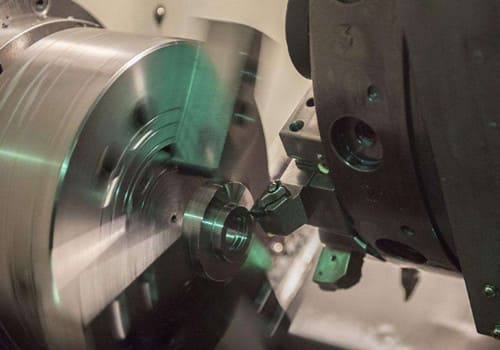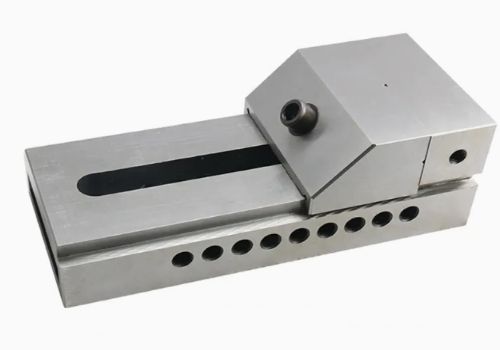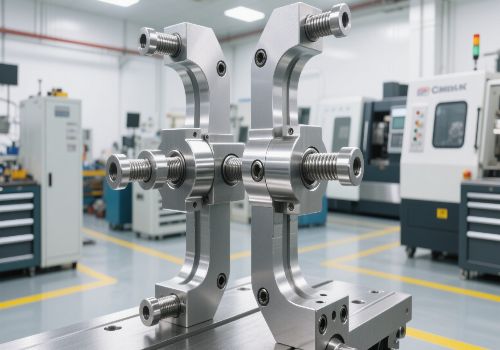CNC lathe is one of the most widely used CNC machine tools. It is mainly used for machining symmetrical parts of revolution, such as shaft parts, inner and outer cylindrical surfaces of disc parts, inner and outer conical surfaces of arbitrary taper angles, complex revolving inner and outer surfaces, and cylindrical and conical threads.
Even the most common turning profiles have different processes, In some CNC systems, these process options are grouped into three categories: “transverse turning”, “longitudinal turning” (also known as “reciprocating turning”), and “groove cutting”. Let’s take a look.
1. Transverse turning
Features of transverse turning:
- When turning laterally, the turning tool moves parallel to the axis of rotation of the workpiece.
- If it is the main spindle, the tool moves from right to left; if the machine is equipped with a sub-spindle, the tool moves from left to right.
- Transverse turning can be used to machine external and internal holes. However, when machining the inner hole, a bottom hole must be pre-drilled first.
- In addition to machining external circles, end face machining is also possible.
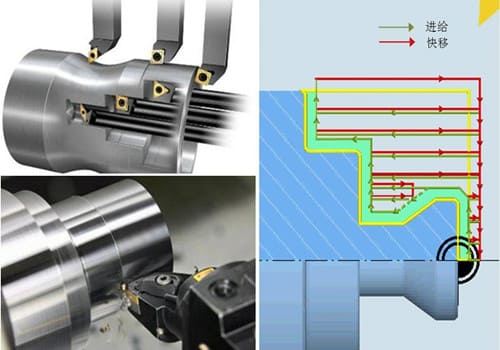
2. Longitudinal turning, grooving, cutting-off
Longitudinal turning characteristics of the side and end faces(also known as “reciprocating cutting”)
- During longitudinal turning of the workpiece side, the feed direction of the slitting turning tool is perpendicular to the axis of rotation of the workpiece.
- In longitudinal turning of the workpiece face, the feed direction of the slitting tool is parallel to the workpiece axis.
- The slitting turning tool has three cutting edges, so that the material removal process in both radial and axial directions is as uninterrupted as possible (due to the minimization of rapid traverse strokes).
- Grooving and slitting cuttersdiffer in blade shape and body shape.
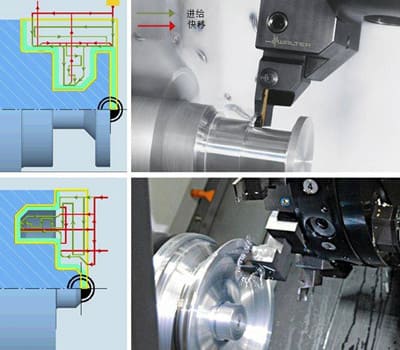
Features of grooving on side and end faces:
- When grooving, only cut in the feed direction.
- The machining process of sidegrooving is perpendicular to the axis of rotation.
- The machining process of face grooving is parallel to the axis of rotation.
- Grooving tools can only withstand forces applied perpendicular to the tool axis.
- The grooving process is mainly used to machine grooves.
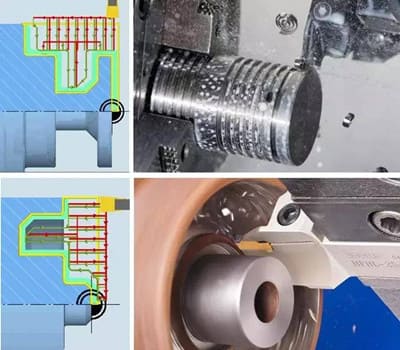
Features of cutting-off processing:
- At the end of the machining process, the workpiece is cut off by the cutting tools.
- A cut-off cycle consists of an “auxiliary cut-in” and an actual cut-off process. Auxiliary cut-inensures better chip evacuation.
- Cutting offrequires tool feed beyond the workpiece’s center of rotation.
- It is often necessary to reduce the spindle speed prior tocuttingto better control the rotating part to be cut.
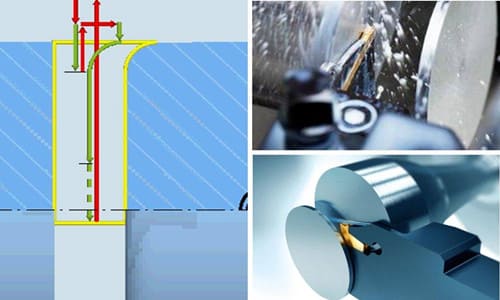
3. Summary
Transverse turning:
+ Can achieve larger transverse feed, that is, larger chip cross-sectional area
+ High feed rates for roughing
+ perfect chip evacuation
– Not all contours can be turned laterally with limited tools, more tools may need to be changed during machining.
Longitudinal turning:
+ Avoids empty cutting strokes
+ Reduced tool change operations
+ high flexibility in application
– Not all contours can be machined due to tool limitations
– Chip evacuation is sometimes not ideal (chips may get stuck)
How to choose turning process?
Longitudinal turning is generally used for: for example, parts with deep grooves and 90° corner structures, which can only be processed by this process.
Transverse turning is generally used for streamline profile structures with arc transitions.

